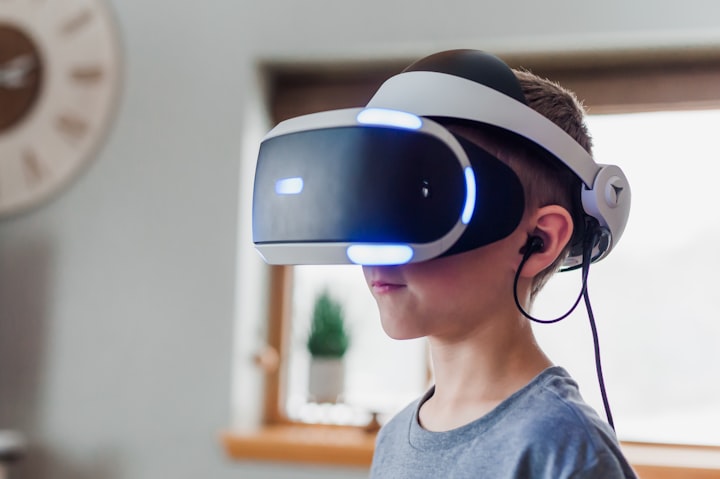The rise of virtual reality and its potential uses
The rise of virtual reality and its potential uses

Virtual reality (VR) technology has been around for decades, but it has only recently begun to gain mainstream attention. With the development of more advanced and affordable VR technology, we are now seeing a wide range of potential uses for this technology.
One of the most obvious uses for VR is in the gaming industry. VR gaming allows players to immerse themselves in a virtual world and interact with it in a way that traditional gaming does not. This creates a more engaging and realistic gaming experience. VR is also being used in the entertainment industry, such as in movies and theme parks, to provide a more immersive experience for the audience.
Another area where VR is being used is in education and training. With VR, students can experience simulations of real-world scenarios that would be difficult or impossible to replicate in a traditional classroom setting. This can be especially useful in fields such as medicine, engineering, and architecture. VR can also be used for virtual field trips, enabling students to visit places they would never be able to in person.
VR is also being used in the field of therapy and rehabilitation. It is being used to treat conditions such as PTSD, phobias, and chronic pain. It can also be used to help patients with physical disabilities to regain movement and coordination.
In the field of architecture, interior design, and real estate, VR is being used to create virtual tours of buildings and properties, allowing potential buyers or renters to explore them before they are built or even before they visit the property. This can save a lot of time and money for both the buyer and the seller.
In the field of tourism, VR technology is being used to promote destinations and experiences, and to provide virtual tours of hotels and other tourist attractions. This allows potential visitors to explore a destination before they book a trip, and can help to increase bookings.
In conclusion, virtual reality technology has the potential to revolutionize many industries and change the way we interact with the world around us. From gaming and entertainment to education, therapy, and even real estate, the possibilities are endless. As technology continues to advance, we can expect to see even more innovative uses for VR in the future.
Another field where VR is showing potential is in the field of design and product development. VR allows designers and engineers to create and test virtual prototypes in a realistic environment, reducing the need for physical mock-ups and saving time and resources. This can be applied to various fields such as automotive, aerospace, and industrial design.
In addition, VR technology is also being used in the field of marketing and advertising. Companies are using VR to create immersive brand experiences, allowing customers to interact with products in a virtual environment. This can be used to promote new products, create virtual showrooms, and even provide virtual test drives.
Lastly, VR technology can also be used for remote collaboration. With VR, team members can work together in a virtual environment, regardless of their physical location. This can be especially useful for companies with employees working remotely or in different locations.
However, it is important to note that as with any new technology, there are also challenges and limitations to the use of VR. One of the main challenges is the cost of the technology, as well as the need for specialized equipment and software. Additionally, there are also concerns about the long-term effects of prolonged VR use on human health, such as eye strain and motion sickness.
In conclusion, virtual reality technology has the potential to revolutionize many industries and change the way we interact with the world around us. From gaming and entertainment to education, therapy, and even real estate, the possibilities are endless. As technology continues to advance, we can expect to see even more innovative uses for VR in the future, but it's important to consider the cost, the need for specialized equipment and software and the potential negative effects on human health.





Comments
There are no comments for this story
Be the first to respond and start the conversation.